A Guide to Different Types of Ceilings in Residential Homes
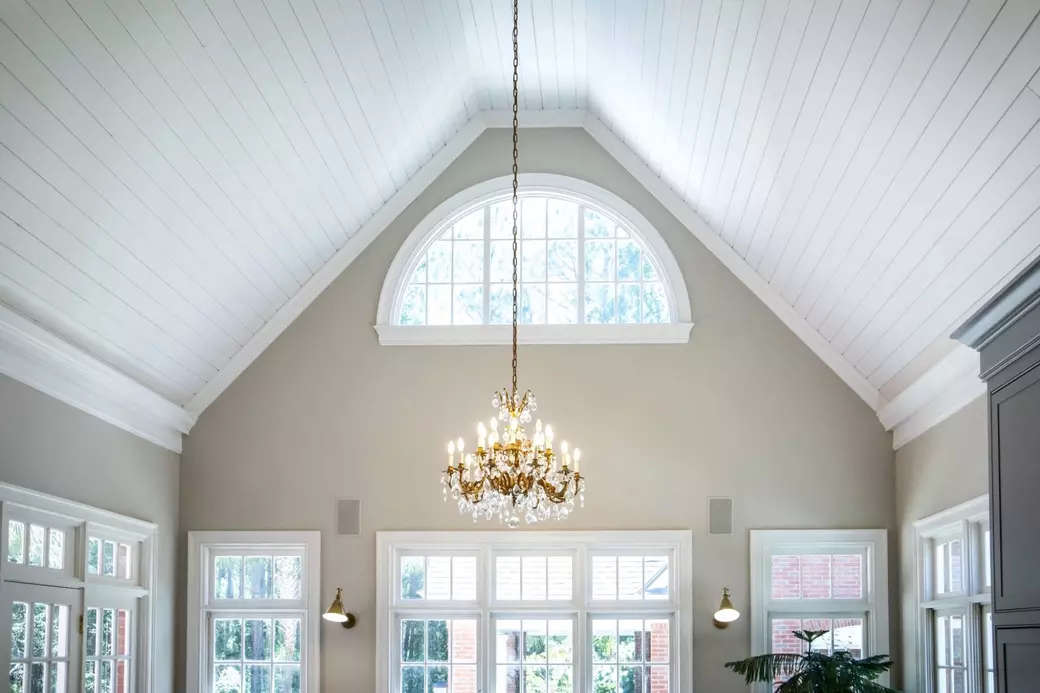
When designing or renovating a home, the ceiling often doesn’t get as much attention as the floors or walls, but it plays a crucial role in defining the overall atmosphere of a space. The type of ceiling you choose can impact lighting, acoustics, and the aesthetic appeal of a room. Let’s explore the most common types of ceilings you might find in residential homes and their unique characteristics.
1. Flat or Conventional Ceiling
The most common ceiling type, flat ceilings, are exactly as their name suggests—smooth and level across the entire surface. These ceilings are simple and functional, providing a clean and classic look to any room. They are typically around 8-9 feet high, but modern homes are increasingly featuring higher flat ceilings for a more spacious feel.
Pros:
- Timeless and versatile
- Easy to clean and maintain
- Works with various design styles
Cons:
- Lacks architectural interest unless enhanced with moldings or other details
2. Vaulted or Cathedral Ceiling
Vaulted ceilings are dramatic, often seen in living rooms, dining rooms, or entryways. These ceilings extend upward, following the roofline, which creates an expansive, open feel. A cathedral ceiling is a type of vaulted ceiling where both sides slope symmetrically and meet at a central ridge.
Pros:
- Creates a sense of openness and grandeur
- Enhances natural light flow
- Ideal for larger, airy spaces
Cons:
- Higher heating and cooling costs due to the large volume of space
- More challenging to maintain and clean
3. Tray Ceiling
A tray ceiling features a central section that is raised higher than the perimeter of the room. The edges of the ceiling create a "frame" around the raised portion, adding depth and dimension to the space. Tray ceilings are often used in dining rooms, bedrooms, or entryways to draw the eye upward and give the room an elegant feel.
Pros:
- Adds architectural interest
- Creates an illusion of height
- Can be enhanced with lighting or decorative trim
Cons:
- Can be costly to install or modify
- Works best in rooms with sufficient ceiling height
4. Coffered Ceiling
Coffered ceilings are made up of a grid of recessed panels, often square or rectangular, that add texture and depth to a room. This classic style is commonly found in formal living spaces, libraries, or dining rooms. The coffered design brings sophistication and elegance to the space.
Pros:
- Luxurious and eye-catching
- Can improve acoustics by reducing echo
- Customizable with different panel sizes and finishes
Cons:
- Expensive to install due to labor and materials
- May feel overwhelming in smaller rooms
5. Coved Ceiling
A coved ceiling features a curved transition between the walls and ceiling, creating a soft, sweeping effect. This design is perfect for creating a more fluid and graceful aesthetic. Coved ceilings are often seen in older, more traditional homes, but can also be used in modern designs for added elegance.
Pros:
- Adds a soft, flowing look to the room
- Helps soften hard lines
- Can make a room feel more cohesive
Cons:
- Requires skilled craftsmanship to create the smooth curves
- More expensive than flat ceilings
6. Beam Ceiling
Beam ceilings feature exposed structural or decorative beams that run across the ceiling, often found in rustic, farmhouse, or industrial-style homes. The beams can be made from wood, metal, or faux materials for a lighter option. This type of ceiling adds a lot of character and texture to a room.
Pros:
- Adds architectural interest and texture
- Works well in high-ceilinged spaces
- Complements various styles, from rustic to industrial
Cons:
- Can make a room feel smaller if the ceiling is not high enough
- Requires regular dusting and maintenance
7. Suspended or Drop Ceiling
Often seen in basements or commercial spaces, suspended ceilings are made of panels that rest in a metal grid suspended below the main ceiling structure. While they may not be as visually appealing as other ceiling types, they offer practical benefits like easy access to pipes, wiring, and ductwork.
Pros:
- Easy to install and maintain
- Provides access to utilities
- Affordable and functional
Cons:
- Can look industrial or outdated in residential spaces
- Reduces ceiling height
8. Barrel Vault Ceiling
A barrel vault ceiling features a continuous curve, resembling the inside of a barrel. This type of ceiling is most commonly seen in hallways or large rooms where you want to make a dramatic statement. It draws the eye upward and creates a sense of grandeur and elegance.
Pros:
- Visually stunning and unique
- Adds a sense of luxury and history
- Excellent for long corridors or large rooms
Cons:
- Expensive and labor-intensive to construct
- Works best in large, open spaces with high ceilings
9. Shed Ceiling
Shed ceilings are sloped, usually in one direction, and are often found in modern or contemporary homes. These ceilings can follow the roofline and are great for creating interesting lines and angles in the room. They work well in both small and large spaces, offering a sleek and modern look.
Pros:
- Modern and stylish
- Can make a small room feel larger
- Ideal for adding skylights
Cons:
- Can be tricky to light evenly due to the slope
- May limit the placement of windows or wall art
10. Tin Ceiling
Tin ceilings are a decorative throwback to early 20th-century design, featuring metal tiles that are often stamped with intricate patterns. While they were originally used as a cheaper alternative to plaster ceilings, today they’re more of a stylistic choice, often seen in kitchens, dining rooms, or even bathrooms.
Pros:
- Adds vintage charm and texture
- Durable and easy to clean
- Reflects light well, brightening a room
Cons:
- Limited design compatibility
- Can be expensive to install
Conclusion
Ceilings are more than just a structural element—they’re a crucial part of a home’s overall design. Whether you’re looking for a classic, minimalist look with a flat ceiling or aiming for something more dramatic like a vaulted or coffered ceiling, there’s a wide variety of options to suit any style. Choosing the right ceiling can transform your space, enhance its functionality, and add architectural interest to your home.
Categories
- All Blogs (81)
- 1031 exchange (2)
- 2024 market (1)
- 55 and over community (1)
- activities (2)
- african american (2)
- ai (1)
- ai design (1)
- angel oak tree (2)
- antebellum (2)
- assisted living (1)
- authors (1)
- blue bottle tree (1)
- boating (2)
- books about the lowcountry (1)
- boone hall (2)
- bulls island (2)
- buyer (8)
- buying (21)
- buying a home (20)
- buying in mount pleasant (6)
- buying in the lowcountry (6)
- buying on the water (4)
- cad (1)
- canoeing (1)
- charleston (30)
- charleston county (15)
- charleston tax (2)
- chart a boat (1)
- childhood home (1)
- climate change (1)
- coastal design (1)
- coastal erosion (1)
- coastal kitchen (1)
- coffee (1)
- coffee shops in charleston (1)
- condos (1)
- culinary (1)
- cypress gardens (1)
- design (2)
- dewees island (1)
- dock (2)
- docklife (1)
- downtown charleston (1)
- drayton hall (2)
- elderly couple (1)
- estate (1)
- farmers markets (1)
- flowers (1)
- folklore (1)
- folly beach (3)
- folly river (1)
- food (1)
- forestland (1)
- Fourth of July in Charleston (1)
- garden (1)
- gardening (1)
- georgian (1)
- greater charleston (5)
- greek revival (1)
- green thumb (1)
- greenhouse (1)
- gullah (1)
- haint blue (1)
- heirs' property (1)
- high water (1)
- historic architecture (1)
- historical homes (2)
- history (1)
- hoa fees (1)
- home buying (8)
- home repair (3)
- home styles (1)
- homeowner (6)
- homeownership (6)
- homes for sale in charleston (1)
- homes for sale in james island (1)
- homes for sale in mount pleasant (1)
- homes for sale in west ashley (1)
- homestead (1)
- homestead exemption (1)
- hospitality (1)
- hostess (1)
- hosting (1)
- houses (1)
- hurricane (1)
- insulation (1)
- interior decor (3)
- interior design (2)
- interiordesign (1)
- intracoastal (3)
- investing (1)
- investment (2)
- investment property (1)
- isle of palms (3)
- italiante (1)
- james island county park (1)
- john's island (1)
- kayaking (1)
- kitchen design (2)
- kitchen layout (1)
- land in common (1)
- lighthouse (1)
- lighthouses (1)
- lowcountry (10)
- luxury (1)
- luxury real estate (1)
- magnolia plantation (2)
- marketing (2)
- marketingyourhome (1)
- marsh (1)
- mold (1)
- mold in homes (1)
- mold in the lowcountry (1)
- mold remediation (1)
- mount pleasant (5)
- moving (3)
- moving to charleston (5)
- movingoutofstate (1)
- movingtocharleston (2)
- nar (1)
- nar lawsuit (1)
- nautical (1)
- oak trees (1)
- paddleboarding (1)
- palm trees (1)
- palmetto (1)
- palmetto trees (1)
- plantation (1)
- plantations (2)
- property (1)
- property preservation (1)
- raised homes (1)
- real estate (7)
- realestate (2)
- realestatemarketing (1)
- realty (6)
- realty101 (1)
- regime fees (1)
- relocation (1)
- relocationcosts (1)
- remediation (1)
- rental (1)
- rental properties (1)
- restaurant week (1)
- restaurants (1)
- retirement (1)
- sailing (1)
- seller (3)
- selling (10)
- selling a home (3)
- selling in charleston (4)
- selling in mount pleasant (2)
- selling on the water (1)
- selling your home (5)
- sellingyourhome (1)
- senior citizen (1)
- senior citizens (1)
- senior living (1)
- shark tooth (1)
- shem creek (2)
- south (1)
- south carolina (4)
- south of broad (1)
- southern architecture (1)
- southern folklore (1)
- southern hospitality (1)
- southern lady (1)
- southern living (2)
- spanish moss (1)
- spray foam (1)
- spray foam insulation (1)
- sullivans island (2)
- sweetgrass (1)
- sweetgrass baskets (1)
- taxes (1)
- tidal (1)
- title (2)
- title insurance (1)
- tour (1)
- tour times (1)
- townhomes (1)
- useanagent (1)
- victorian (1)
- wando river (1)
- water views (1)
- waterways (2)
- whyagentsmatter (1)
- winter (1)
- winter maintenance (1)
- winter ready (1)
- winterize (1)
Recent Posts
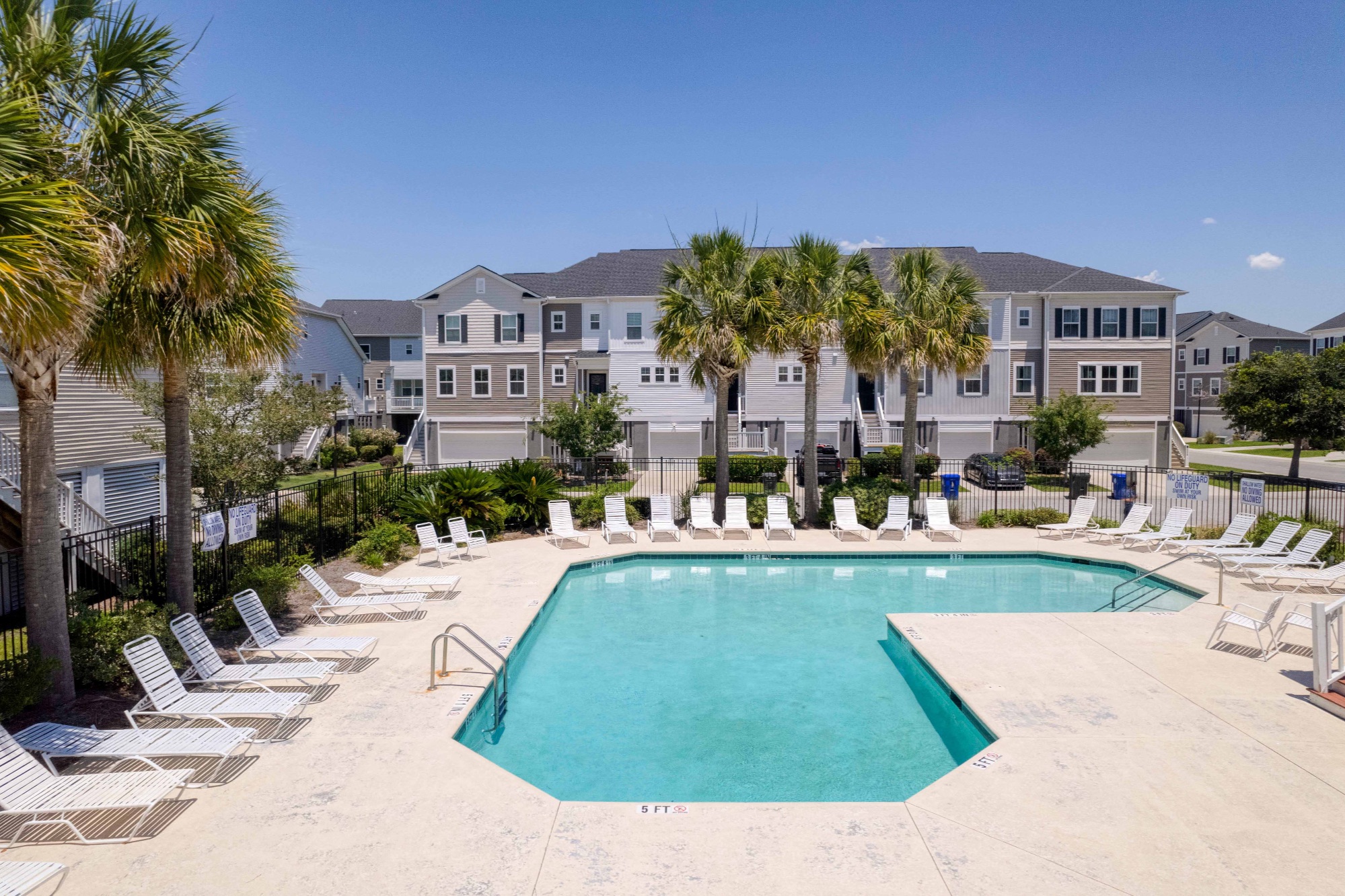

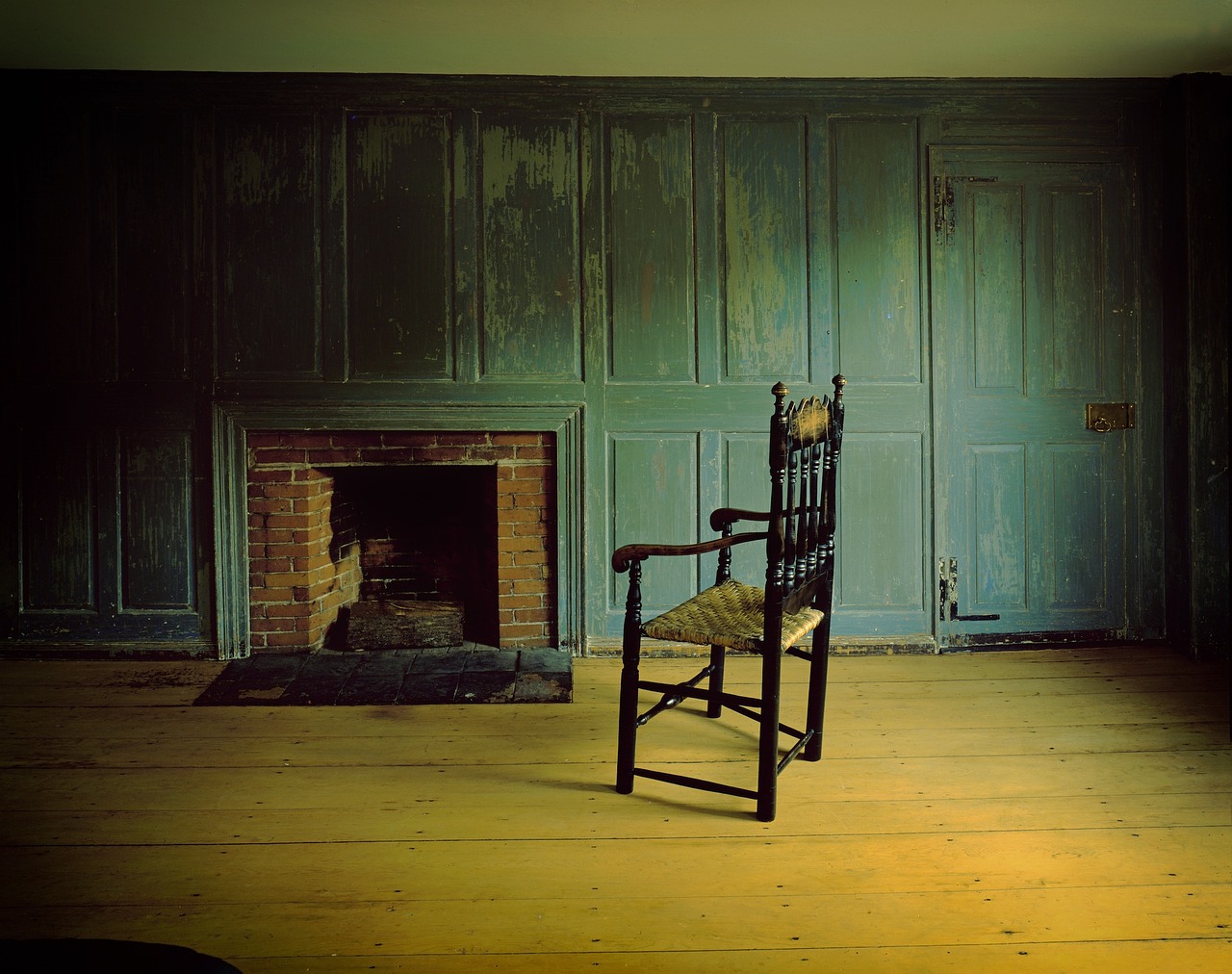


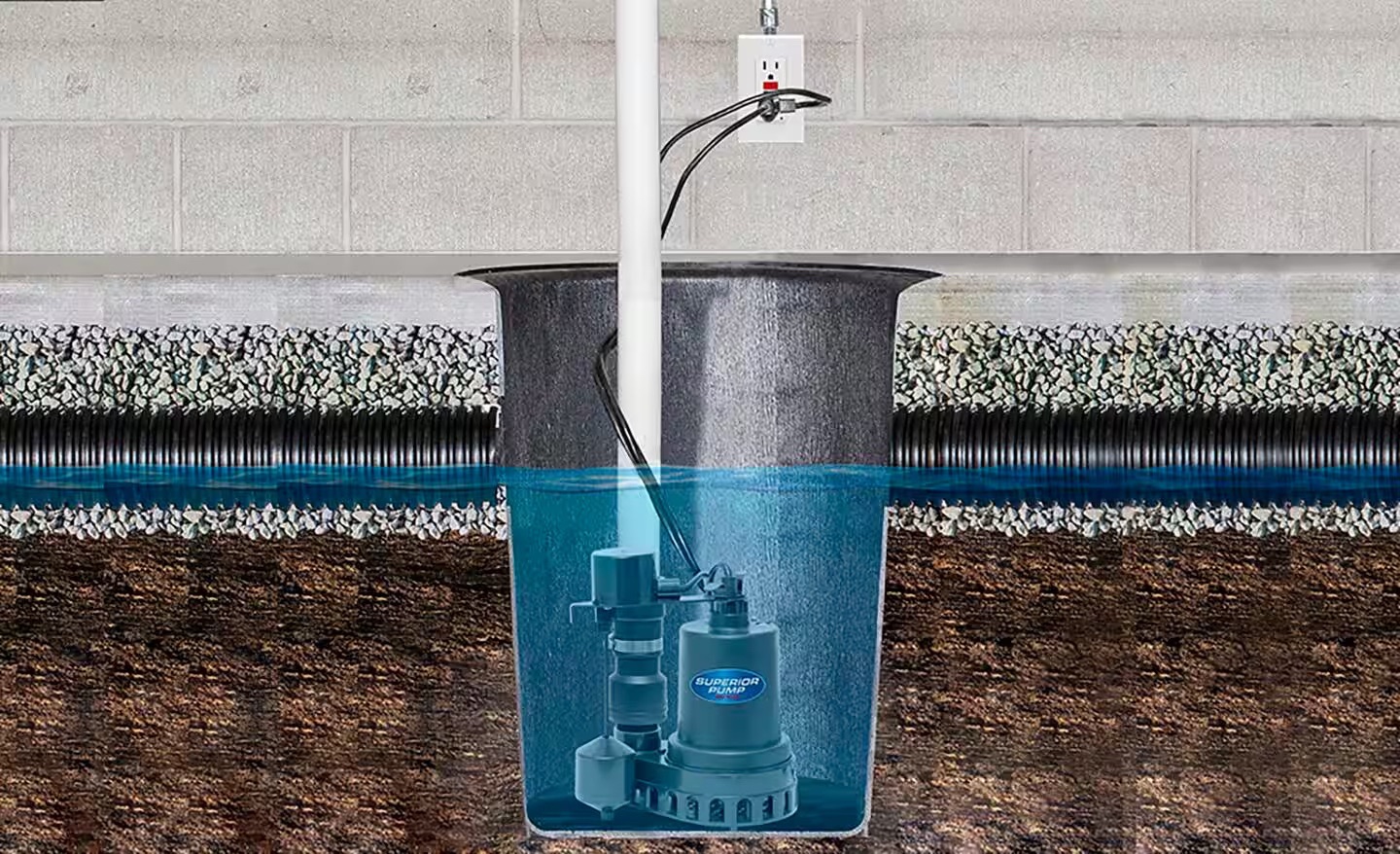

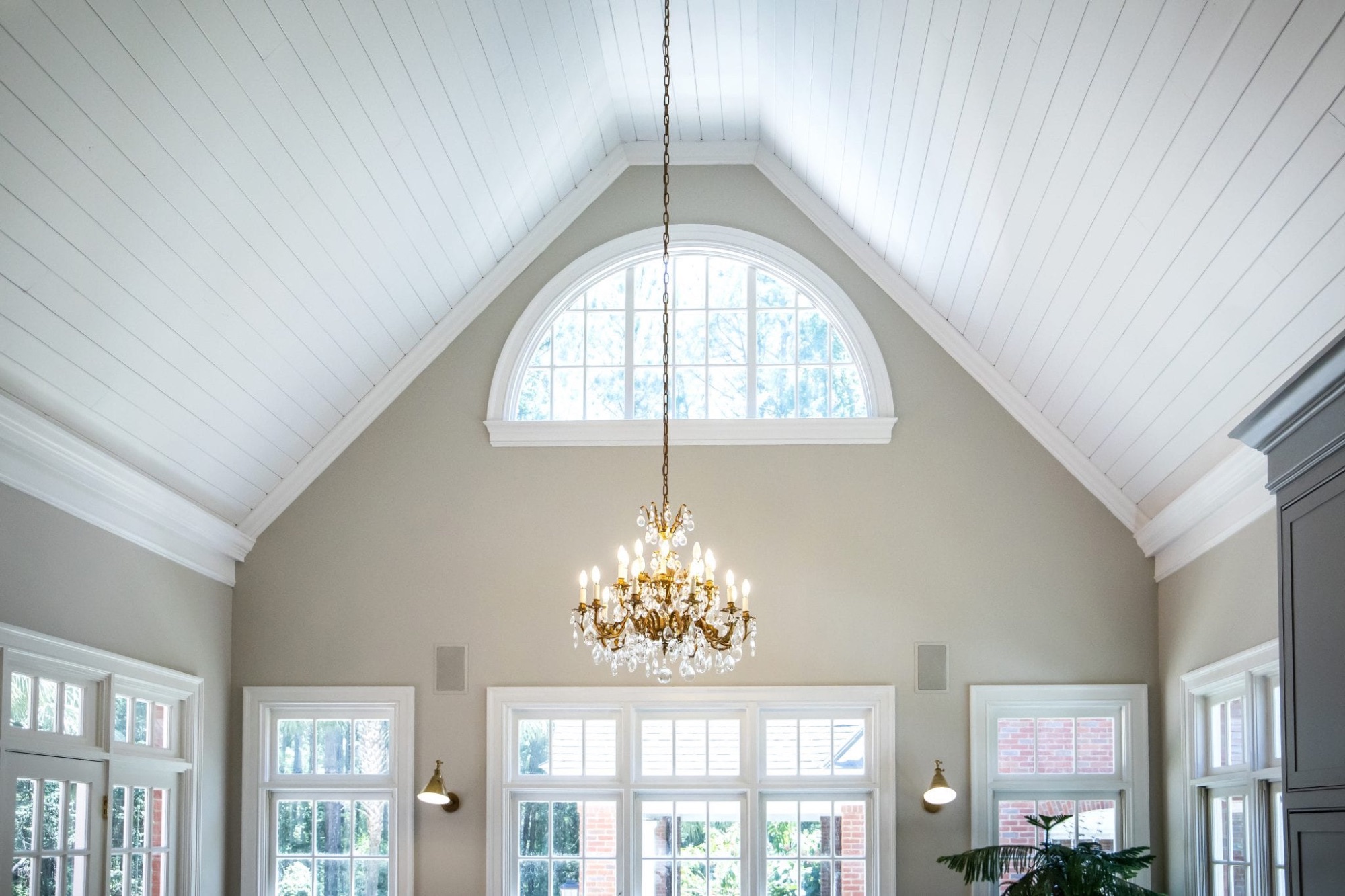


"My job is to find and attract mastery-based agents to the office, protect the culture, and make sure everyone is happy! "

